Whether you’re a fan of fashion or not, it’s undoubtedly true that women’s style has been a key catalyst in the progression of female empowerment. Swimwear in particular has been a part of this movement, a powerful tool for women pushing for change – whether they do so consciously or unconsciously.
Power dressing means different things to different people – back in the eighties the term embodied the wide shoulder pads and dress suits of influential men and women. Now fashion as a concept, alongside key contemporary trends such as the thong bikini and the hijab, has taken their place. In this blog we take a look at just a few of the ways power dressing has influenced feminism and the progression of women’s rights and equality.
Why is fashion so influential?
Although some feminist groups continue to denounce fashion trends as uninspiring and devaluing, it’s hard to ignore the ways in which they have empowered women. Perhaps it’s because it’s something we come into contact with every day – maybe it’s the broad spectrum of styles and trends available to us. But the way fashion allows us to express ourselves and becomes a key part of our identity and personality. Fashion allows us to say something without speaking – to make a change without force, privilege or expense. Fashion is accessible to all – open to anyone – we all have our unique style. What we do with it and what we feel it says about who we are is up to us.

East meets west
Traditionally eastern and western fashions and cultures have been viewed as poles apart – but the liberating power of creativity and cloth unites them. In the West we have moved from seeing skimpy garments as disempowering to viewing them as a statement made about our freedom, independence and sexuality. Where the focus was once firmly on how fashion has been used to define and objectify women, the emphasis now lies on how the freedom of choice fashion brings actually liberateswomen. We are free to wear whatever we want – whether we prefer to cover up or bare all. Meanwhile in the East fashions have continued to evolve – leaving religious or cultural shackles behind in favour of outfits that celebrate the individual and allow women to express themselves in a way that is both modest and inspiring. The hijab in particular has widely become a symbol of liberation when it was once exclusively seen as oppressive. There’s still a long way to go on both sides of the world – but fashion continues to carve out new ways of thinking where other methods have failed.
Swimwear – a universal symbol of empowerment
All over the world women are beginning to see fashion as a way to do the things they want to do, their way. Swimwear in particular has made waves in the feminist movement. On every continent swimwear has evolved – from inclusive styles designed to suit every shape to the increasingly popular burkinis that have taken the world by storm. They maylookvery different, but what they have in common is the way in which they change lives and influence how women feel.


